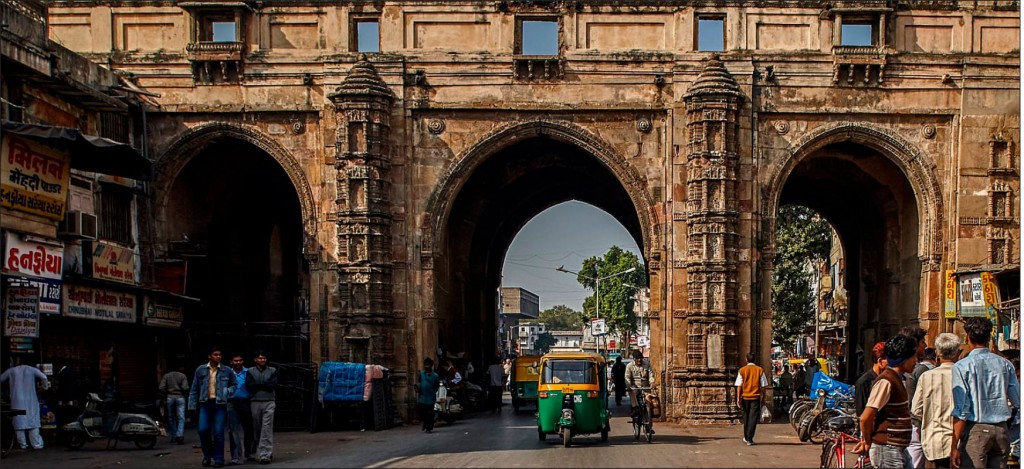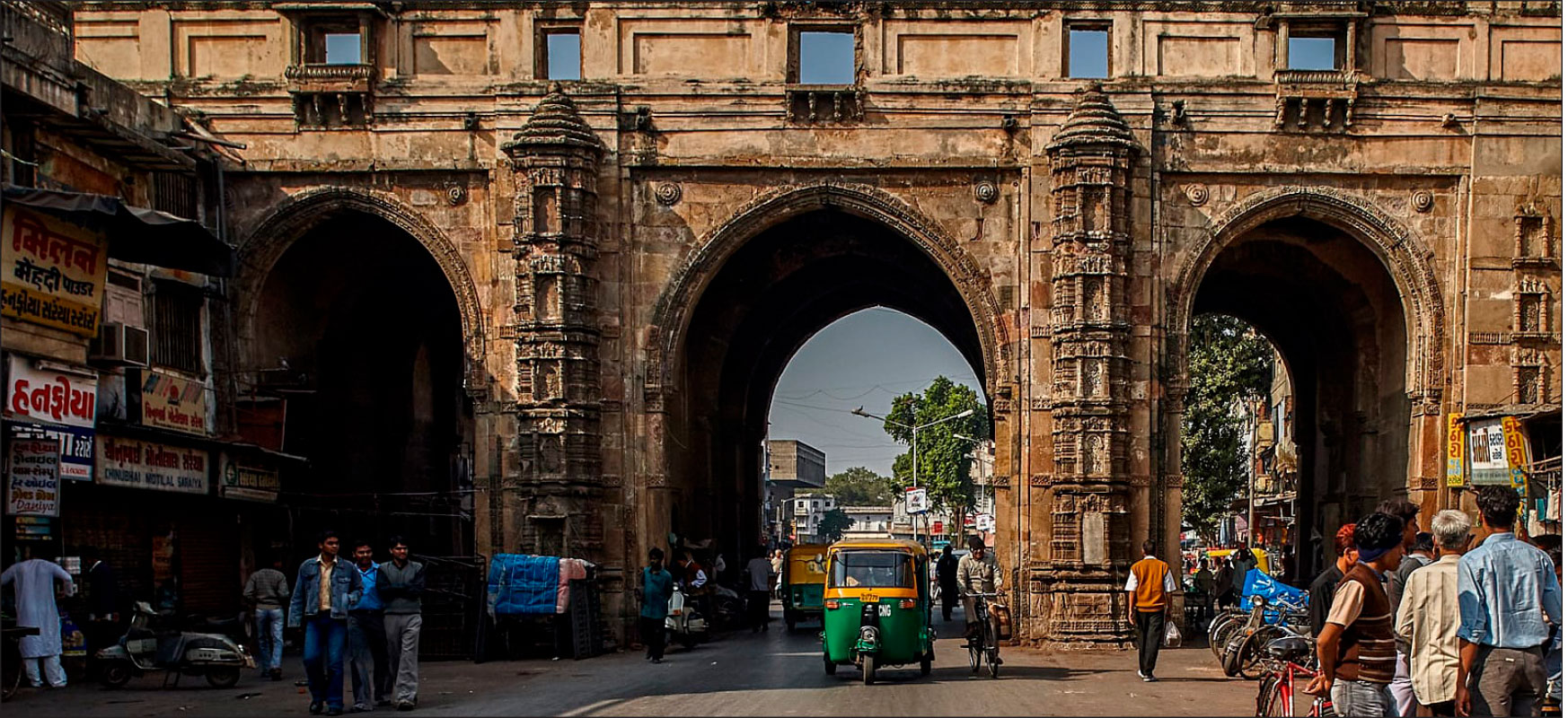

The continuing lockdown intended for safety and the good health of the community can get us down worse than Monday morning blues. All I will say is: Take your medicine regularly and you’ll be fine. Yes, the medicine is books. Books are the best antidote for frustration, boredom, anxiety, panic… name it and a regular dose of reading a good book will calm you down. It’s all about soothing nerves and settling the mind, easing the soul and giving the brain something to chew on. The best thing about this course of medication is that if you don’t like a particular book, you can always set it aside and pick up another. Not something you can say for pills and potions!
My bookshelves are in a bit of a mess following a major rehauling of my apartment some months ago. So, while I was rummaging around for a certain title, I realised that I had quite a collection of books about Indian cities. Every time I travel I pick up a book about the place visited — if such a book is available, of course. It’s usually a collection of writings about the place by well-known personalities or long-time residents. Why not make a game of this, I thought. I would flip open each book at random and share a small passage from the pages that are revealed. You could then guess which city the passage refers to. Here goes.
This author writes: “There are many stories about the existence of Goddess Laxmi in xxxx. It is said, late one night, when the goddess stood at the main entrance of the city at Teen Darwaza and knocked on the massive gates, the guard, Khwaja Siddiqui, allowed her to enter, left her there, locked the door from inside and went to the palace, to take permission from the sultan. He was beheaded for leaving the goddess standing at the gate. The sultan rushed to welcome the goddess but by then she had disappeared into the city. … Jabbar Mirza comes from a family of caretakers of Laxmi’s lamp, which has been kept burning in an alcove at Teen Darwaza. He continued the tradition till he died in 2013. Now, his family looks after the lamp.”
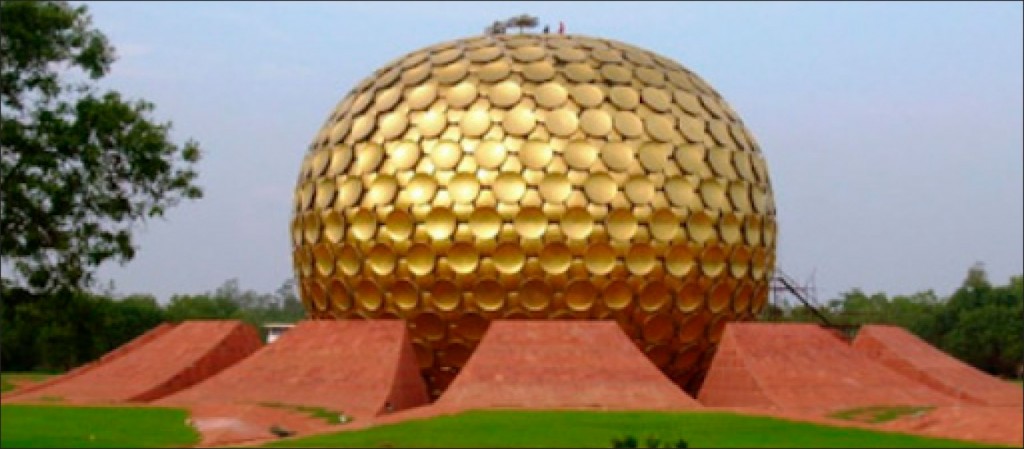
Which city could this be? Of course, Google Aunty has all the answers but it’s more fun to think about the places you know about. Here’s the next passage. This author writes: “An essential feature of xxxx organicism is the way the white Baroque churches nestle with a surprising air of comfort and of true belonging into what is otherwise so archetypically an Indian landscape. It could be said that perhaps nowhere else in India do churches fit so comfortably into the landscape and the village as they do in those of xxxx. …the most harmonious church sites are confined to instances where the Christians drew on the ancient Indian sensitivity to land with inherent numen…” This one should be easy. Think postcards.
These passages were chosen at random, and even randomly, the big picture that emerges is of a gloriously syncretic nation. Is that the reality or is it just a coincidence? A walking tour resulted in the following comments: “People who work on the ‘east side’ (in the Ashram, for instance) typically work indoors behind high walls. This is increasingly the case on the ‘west side’ too, as prosperity and changing styles raise a whole raft of barriers to visibility — doors, ‘dressed up’ shop windows, back rooms, upstairs premises and even air-conditioned showrooms. Still, xxx’s side streets maintain the tradition of small ground floor artisans completely accessible to the street. This arrangement makes each shop a small stage on which many people perform.” That’s what we could call drama in real life!
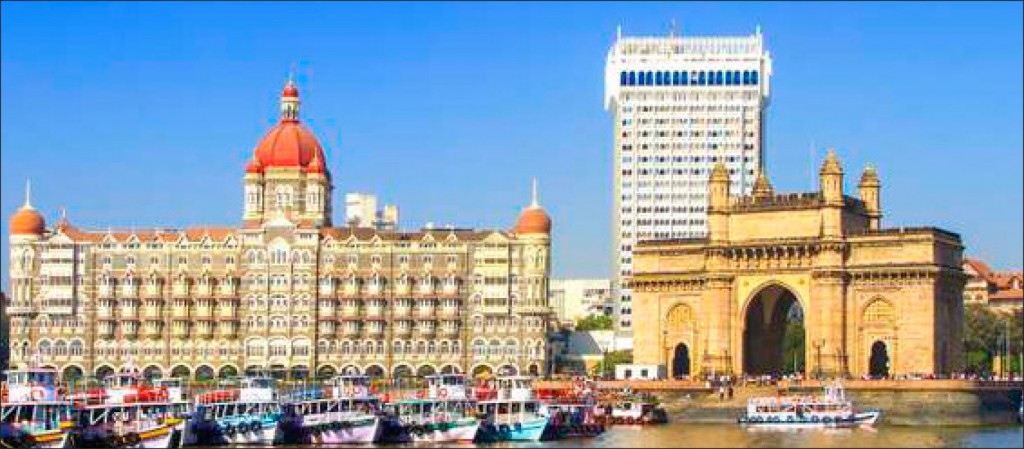
From here we go to witness drama of another kind: “While he is still resting in the temple, the director of the filkhana, the elephant department, comes to seek his advice and to receive orders about arranging an elephant fight. The Maharaja is then carried in his palanquin through covered passageways to the Moti Burj, a tower from where he watches the elephant fight take place. Thousands of spectators have also assembled to watch this lively scene. From here, he goes by another covered passage to the royal stables to inspect the horses and to play polo with the nobles. If any of the nobles particularly admires one of the horses, the Maharaja may give it to him. There is such a variety of them, with different breeds from Arabia, Iran, Kandahar, Turkey, Bhutan, Kabul and Kathiawar…”
And in the next extract, the author is overcome with nostalgia: “At dusk, the Gandhibazar main road filled your being: it wore the charm of a bashful young girl. At one end was the Ramakrishna Ashram; the other end had Tagore Park with B.P. Wadia Road to its rear. On either side of the road were gigantic trees. One evening, as these trees treated us to their green splendour, B.G.L. Swamy sauntered on the streets of Gandhibazar. Just as we had failed to notice the trees that provided shade to us all along, we had failed to notice B.G.L. Swamy who strolled by in a half-sleeved shirt and shorts, with a cloth bag slung over his shoulder. In and around Gandhibazar, there lived so many personalities who have gone into the pages of history.”
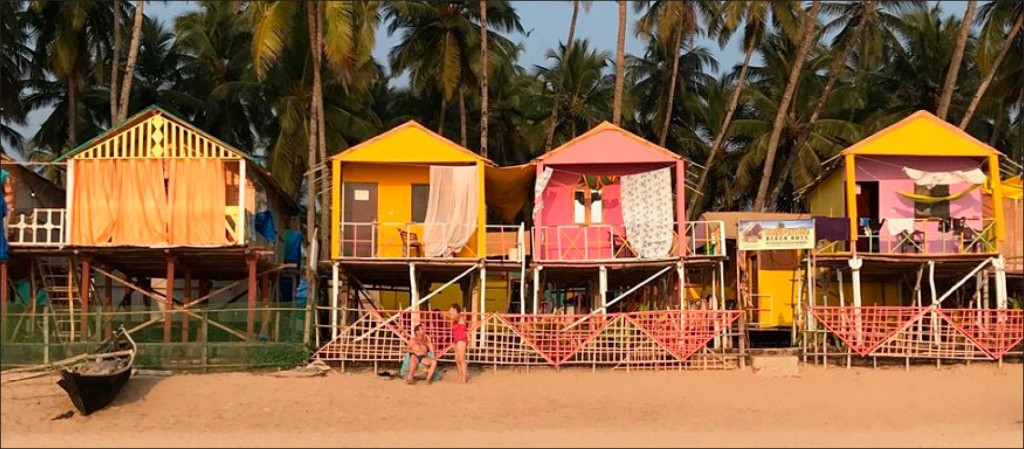
Another author records another kind of history: “The Apsara sari shop opposite used to be a paratha restaurant. (Anil) Sharma, who is the fifth generation in his family in the paratha trade, reveals that there is less profit now in the business that stretches from 6 am to 12 pm. Some 25 family members are involved with the restaurant, making all the dishes themselves. Two servants clean up. ‘The whole country knows us by our parathas. How many people even know each other in xxxx?’ he asks.”
The contributions of a beloved citizen are recalled in the next passage: “Of all of the merchant princes, Sir JJ’s memory is most revered. Jejeebhoy’s first recorded act of charity occurred in 1822, when he spent Rs 3,000 to repay the loans taken by several men jailed for debt. Over the decades, Jejeebhoy money would fund all sorts of endeavours, including a causeway between B_____ and M_____ that, in 1845, would consolidate the island’s links with the mainland.” It’s not difficult to guess which city this amazing philanthropist is associated with; however, the following passage may prove a little more challenging.
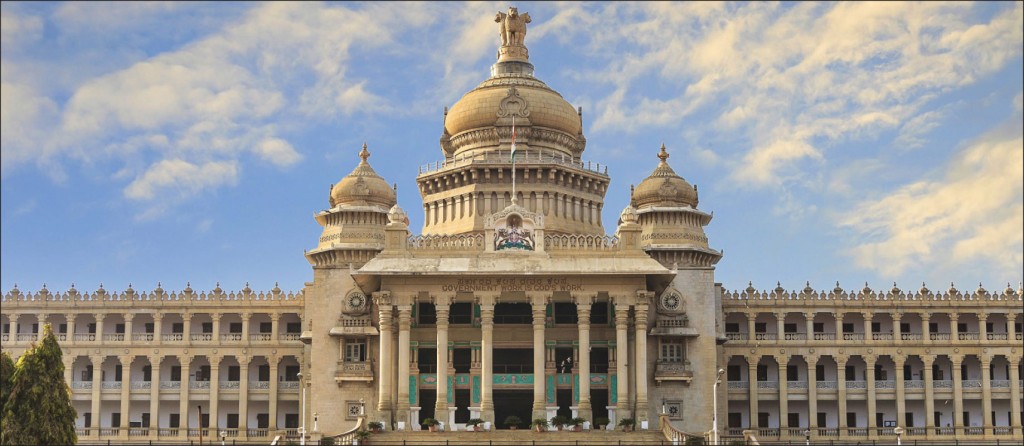
“In November 1977,” the author records, “a tiny, somewhat whimsical, slightly saucy journalistic voice piped up from among the steady drone of xxxx city’s established media. For xxxxites who had been conditioned to perceive journalism as something they savoured with their morning coffee…., Aside, India’s first English city magazine, was something of an eye-opener. … It neither rooted for the city, nor decried it — it merely watched. Oh, when it had finished doing that, it did comment, in a tone that was urbane, often irreverent, sometimes, biting, but always in a soft voice, just above a whisper.”
Have you been able to identify the distinct flavours of each place and relish their individual tastes? That’s what’s special about this kind of writing — the town, city, village, landscape emerges vividly, triggering so many memories. And just in case you’re wondering which cities we’ve talked about in this column, here are the answers, in no particular order: Puducherry, Mumbai, Goa, Delhi, Ahmedabad, Chennai, Jaipur, Bengaluru. Match on!
The columnist is a children’s writer and senior journalist.






